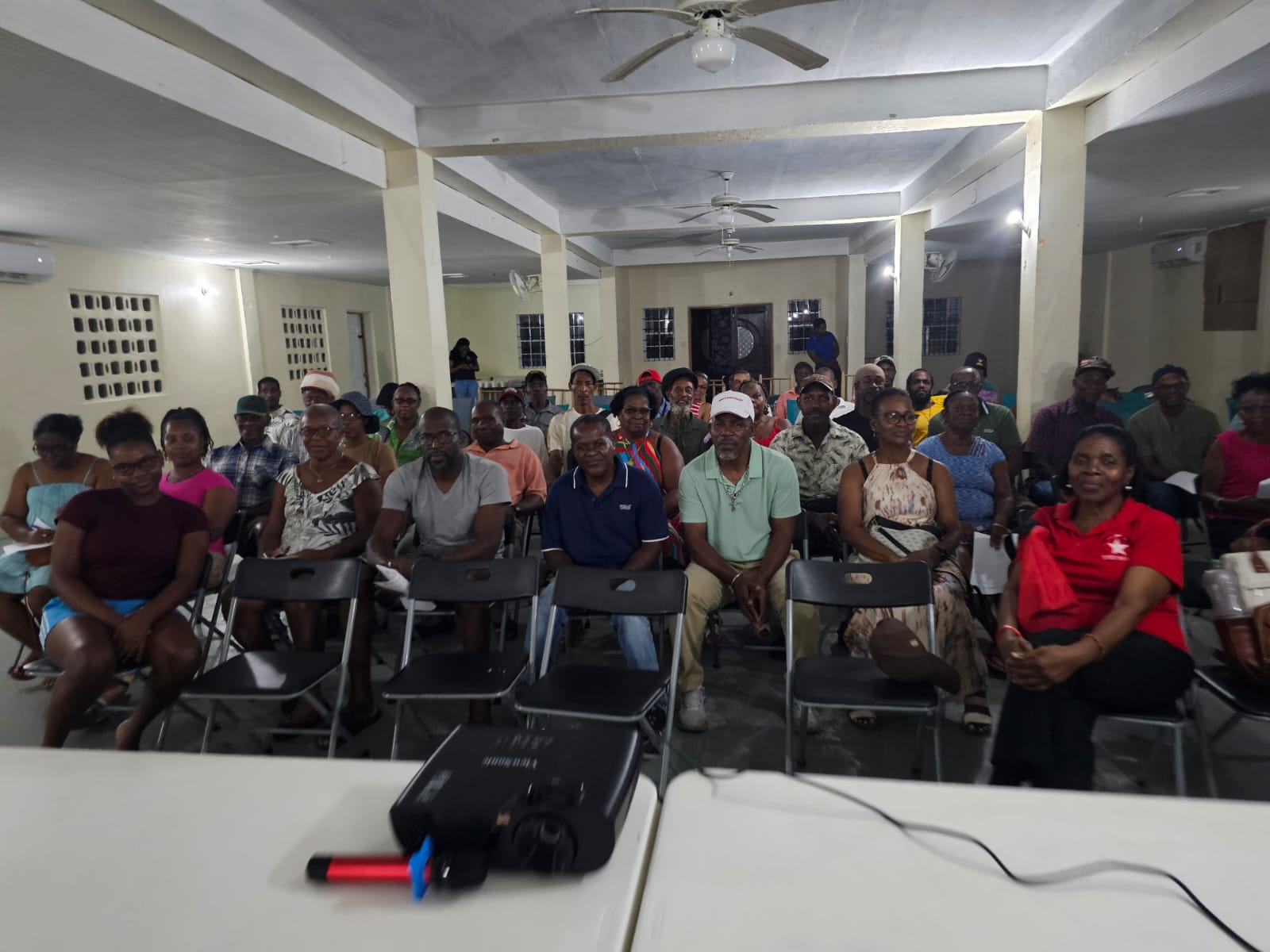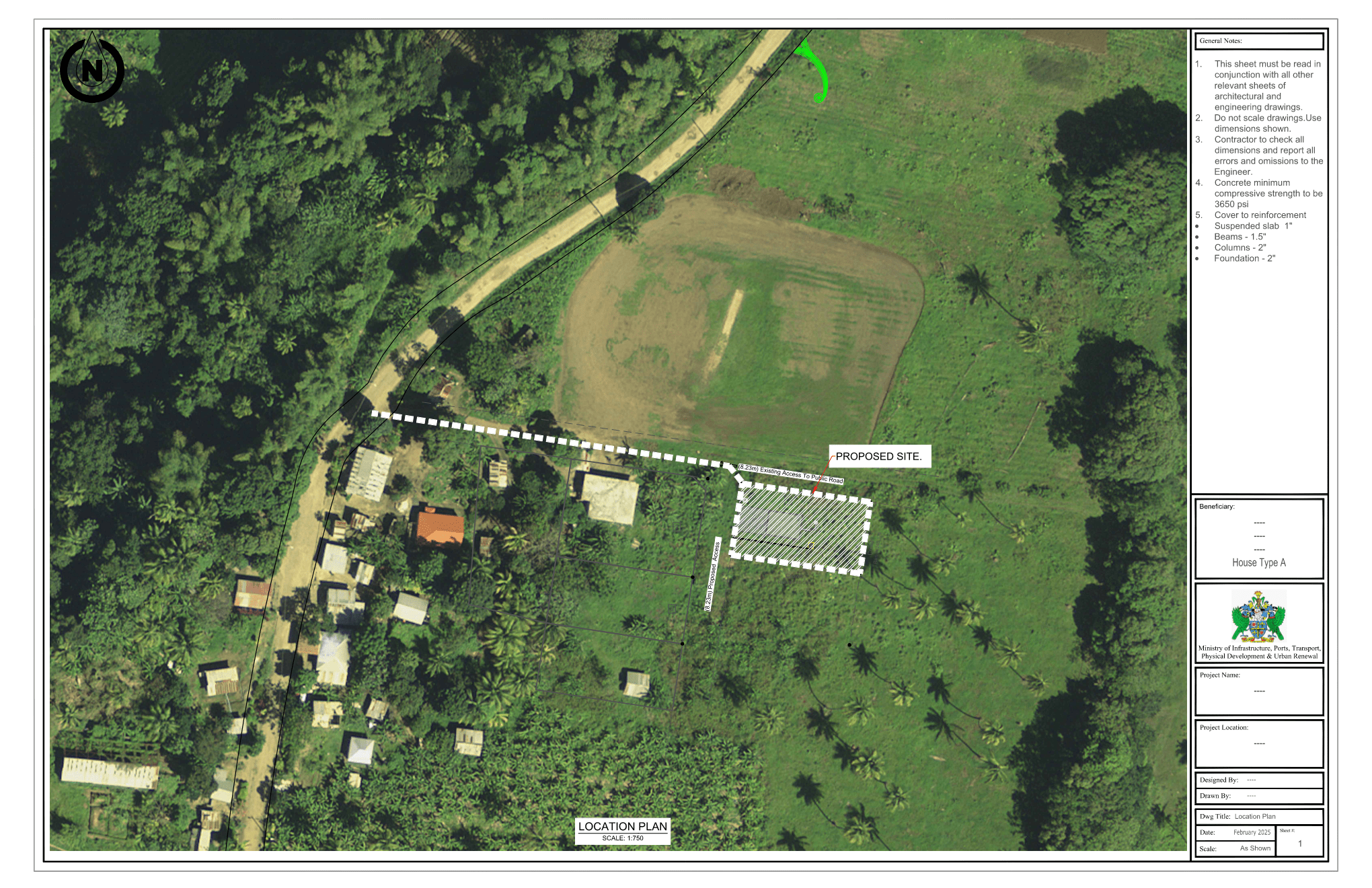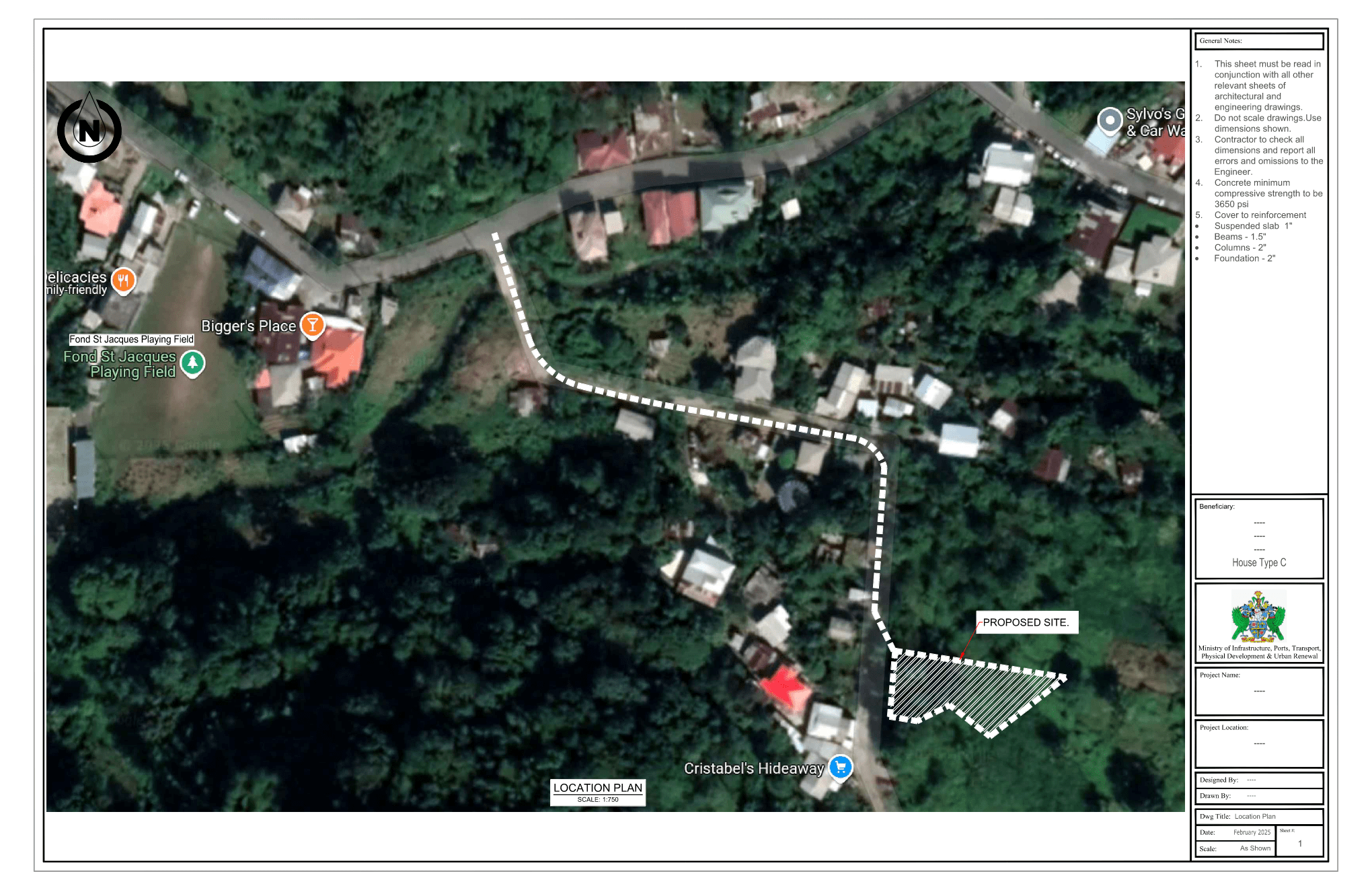During the month of September, hundreds of residents including project affected persons (PAPs), and institutional stakeholders, turned up at consultations held within the drilling communities and in the north and south of the island, respectively, held by the Renewable Energy Sector Development Project (RESDP). The purpose of this round of consultations was for stakeholders to discuss with the staff of the Project Implementation Unit (PIU) the project’s Resettlement Action Plan (RAP), performance of the grievance redress mechanism, potential improvements to project design, and receive updates on the project’s progress.

With respect to the RAP, eligibility and entitlements of PAPs and asset loss valuations and compensation were among the key issues discussed. Stakeholders were encouraged to contribute to the development of the plan by submitting comments via the uptake channels available during the RAP’s public disclosure period which ended on September 25, 2025. Electronic copies of the document can be found on the Government of Saint Lucia and RESDP websites at www.govt.lc and https://www.sluresdp.com/resettlement-action-plan.
During the month of October, the public’s comments will be distilled and the RAP improved based on the comments. Thereafter, it will be submitted to the World Bank and the Attorney General’s Chambers for final approval.
The project activities in Belvedere and Belle Plaine, Soufriere, and Saltibus, Laborie, are expected to physically and economically displace 122 households. Thus, after the RAP’s approval, project affected persons within these communities will be compensated for their lost assets – land, housing, structures, crops, and farm income. Identified vulnerable households will also be compensated to have some resources to buffer against the sudden economic shock that sometimes accompanies resettlement. The project aims to ensure that all PAPs are able to improve, or at least restore, their incomes or livelihoods after their displacement.

The RESDP is moving forward with its exploration programme, and a key focus is on ensuring a smooth transition for affected residents.
Recently, the PIU received Environmental Health approval letters from the Department of Environmental Health supporting the construction of two residential houses at Belvedere (Fond St. Jacques) and Parc Estate (Saltibus), respectively. These homes are intended for the relocation of two families from these areas who will be affected by upcoming project works.
Since receiving Environmental Health approval, the PIU submitted the relevant applications to the Development Control Authority (DCA)for the construction of these residential houses. Included in the submission were the site plans for both locations, the drawing plans and other necessary documents concerning land ownership, topographic maps, land registry and survey plans.
The DCA has reviewed the submitted applications and provided comments requesting additional information and documents, as well as modifications to the house plans. These modifications are being worked on, along with the compilation of the records requested.
Saltibus and Soufriere locations respectively:


The final Environmental and Social Impact Assessment (ESIA) and Environmental and Social Management Plan (ESMP) for the three main project sites - Fond St. Jacques, Saltibus, and Belle Plaine - were submitted to the RESDP-PIU on 25 July 2025. These documents were accepted by the PIU and then forwarded to the World Bank for final approval. They include all comments received during the public disclosure process and consultations with key stakeholders, including governmental and non-governmental agencies, and international organizations such as UNESCO.
The ESIA identified the environmental and social impacts that would result from the project. Most impacts would be temporary and focused within the drilling area during well drilling and testing. Some of the potential adverse risks and impacts, include, impact on:
The ESMP identified mitigation measures to reduce and avoid the above impacts and risks associated with the project.
The ESIA also identified potentially beneficial social impacts through the creation of temporary local jobs during construction and drilling operations. As a result of the project, the following positives will occur:
Complementing the efforts of the RESDP to accelerate geothermal exploration, the on-site inspections for the Building Condition Survey have been completed across all three project sites, namely; Fond St. Jacques, Belle-Plaine and Saltibus. This survey is vital for documenting property conditions prior to the commencement of civil works. Furthermore, plans, drawings, and bills of quantities are progressing for the necessary relocation of residents in Saltibus and Belvedere, demonstrating proactive social management as the project moves forward.
With an ongoing push for energy independence, the RESDP is making significant strides in St. Lucia. A key recent development is the collaborative effort within the Green Buffer Zone to facilitate the resumption of the official demarcation survey. By gaining consensus from key stakeholders, the project has been able to erect informative signs for the community. This strategic move streamlines the survey process with a with a transparent approach, combined with ongoing public information campaigns and recent radio interviews, underscoring the project's commitment to community engagement and communication throughout these essential demarcation activities.

